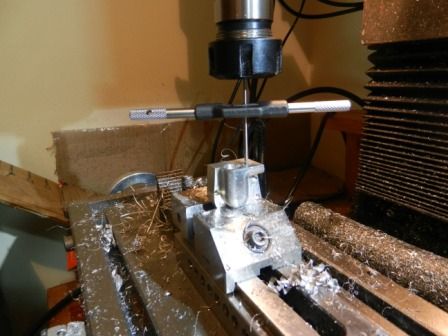Herbiev
Well-Known Member
- Joined
- Jan 6, 2011
- Messages
- 2,360
- Reaction score
- 310
Hi all. Just after some advice on tapping 2mm threads. The Dubro tap came with a 1.56mm drill and I used Treflex tapping grease/compound but they keep breaking when tapping steel. Should I use a larger drill or different cutting fluid? Is there any such thing as a 2mm carbide tap? Any tips or advice greatly appreciated as at $10.00 a go it is getting expensive.











